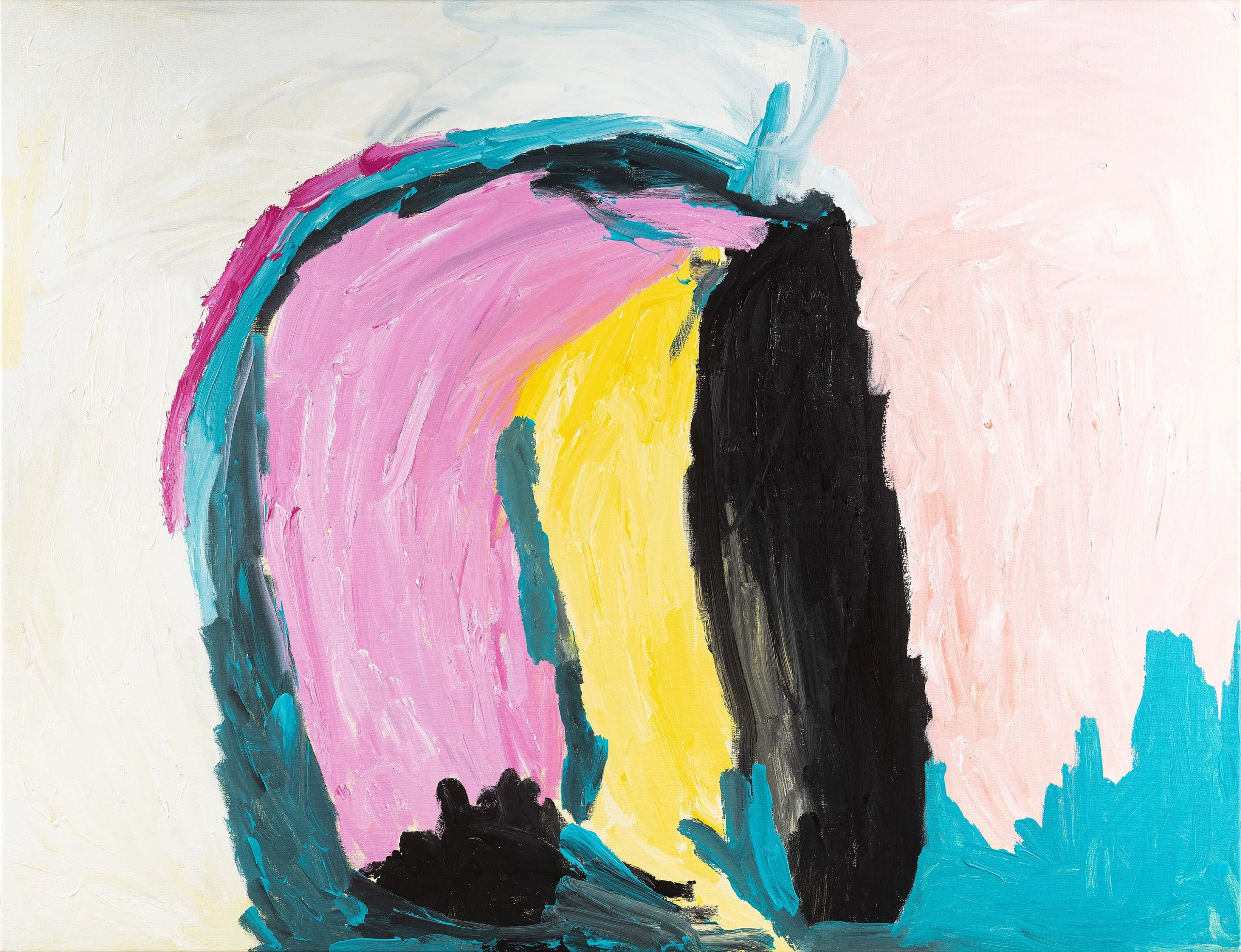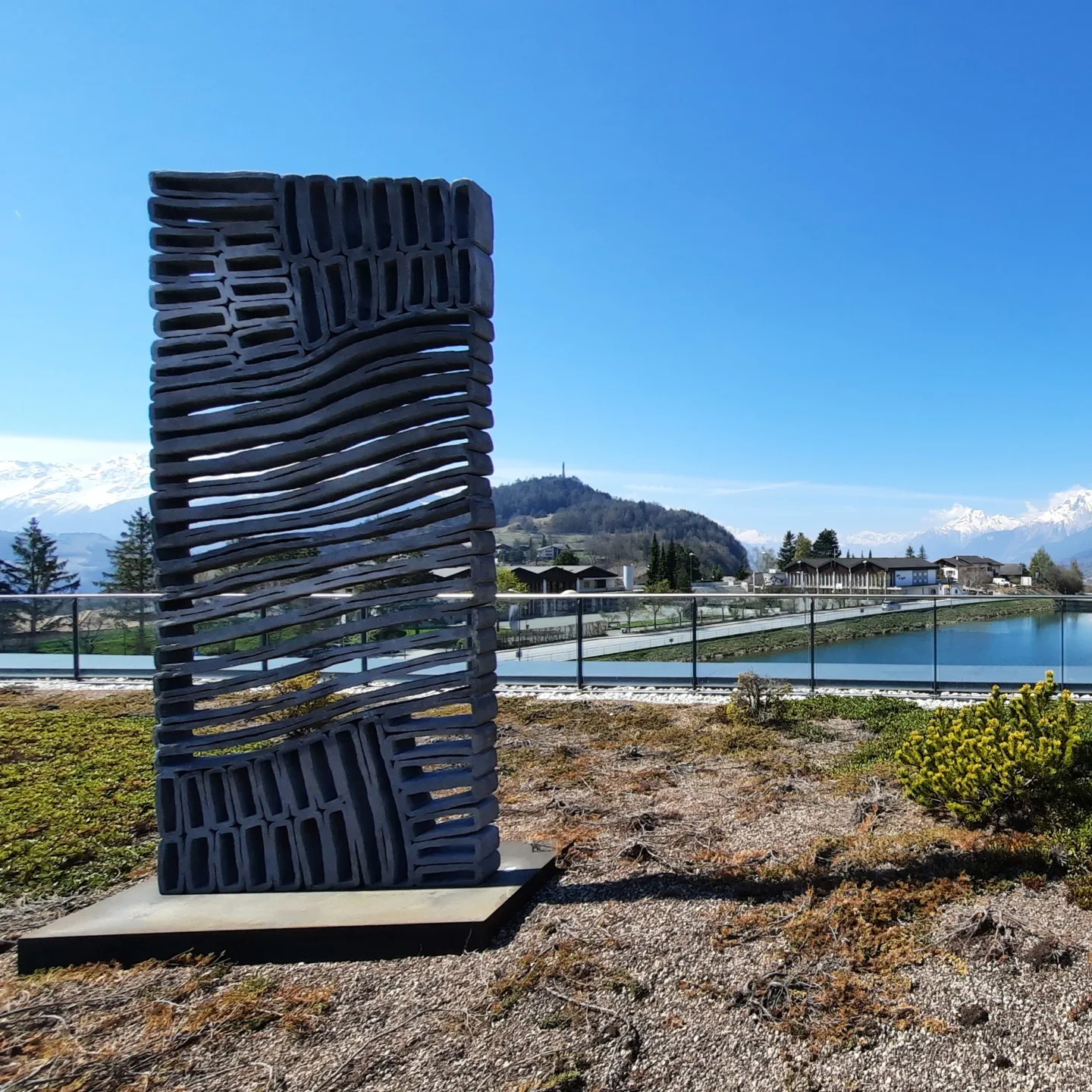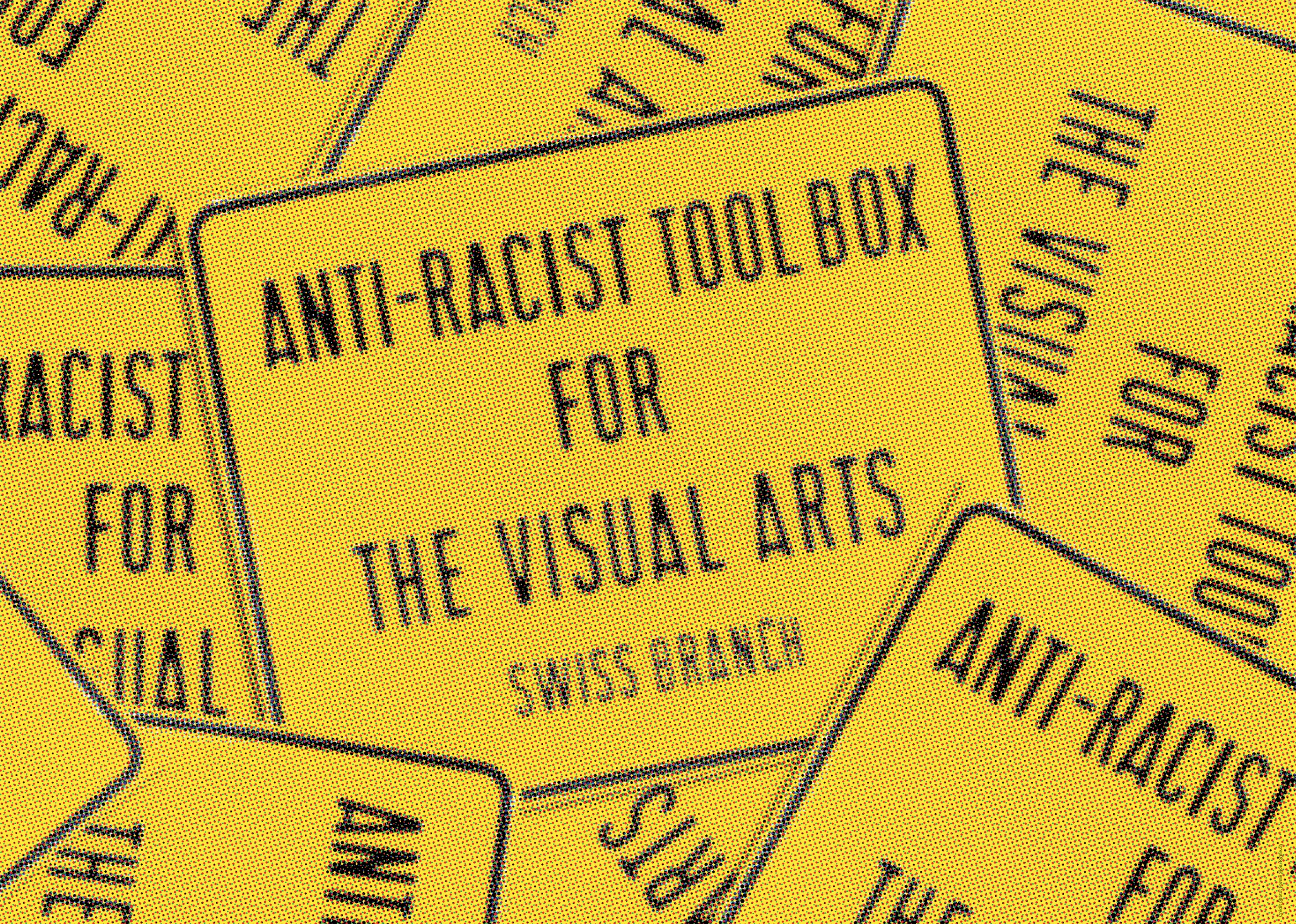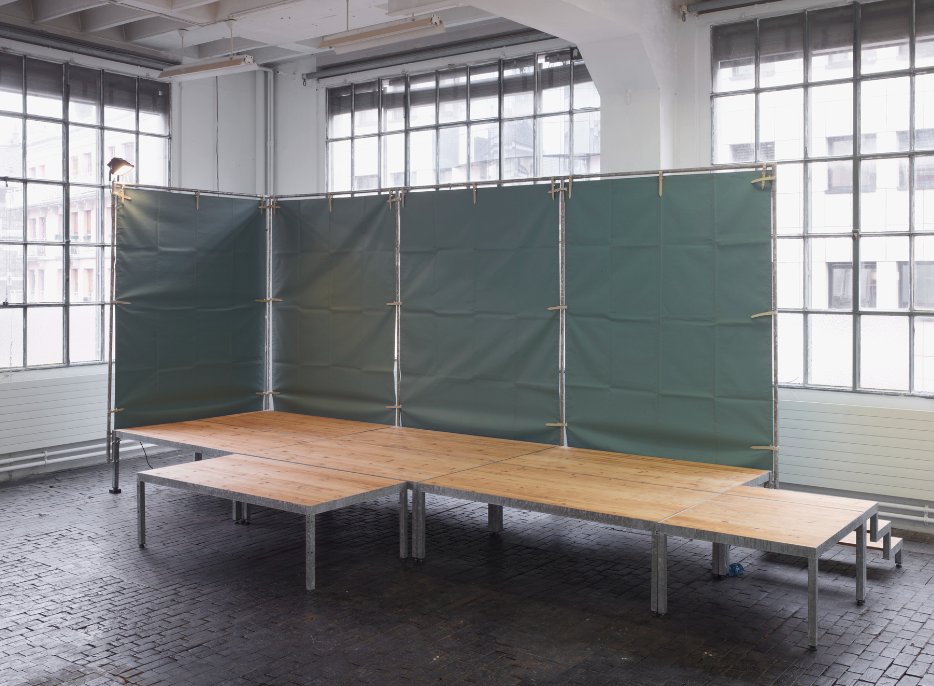A contemporary exhibition space, Fondation Opale promotes dialogue between cultures and peoples through art.


Past exhibitions
NOTHING TOO BEAUTIFUL FOR THE GODS
Main exhibition 15.12.2024 → 20.04.2025
ARTIST ACTIVIST ARCHIVIST : BERNHARD LÜTHI INVITES
Main exhibition 16.06.2024 → 10.11.2024
ABSUM
Special Focus 17.12.2023 → 14.04.2024